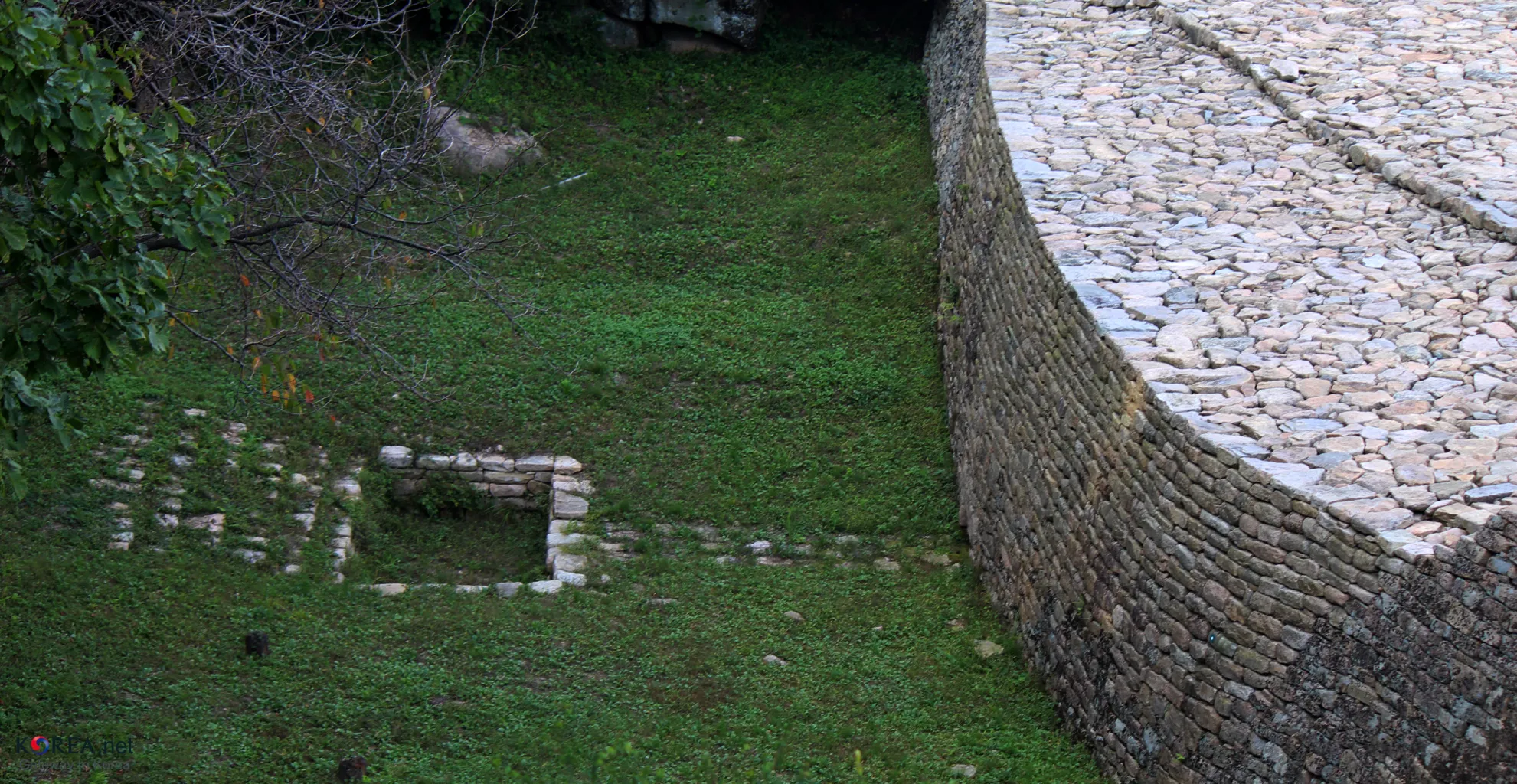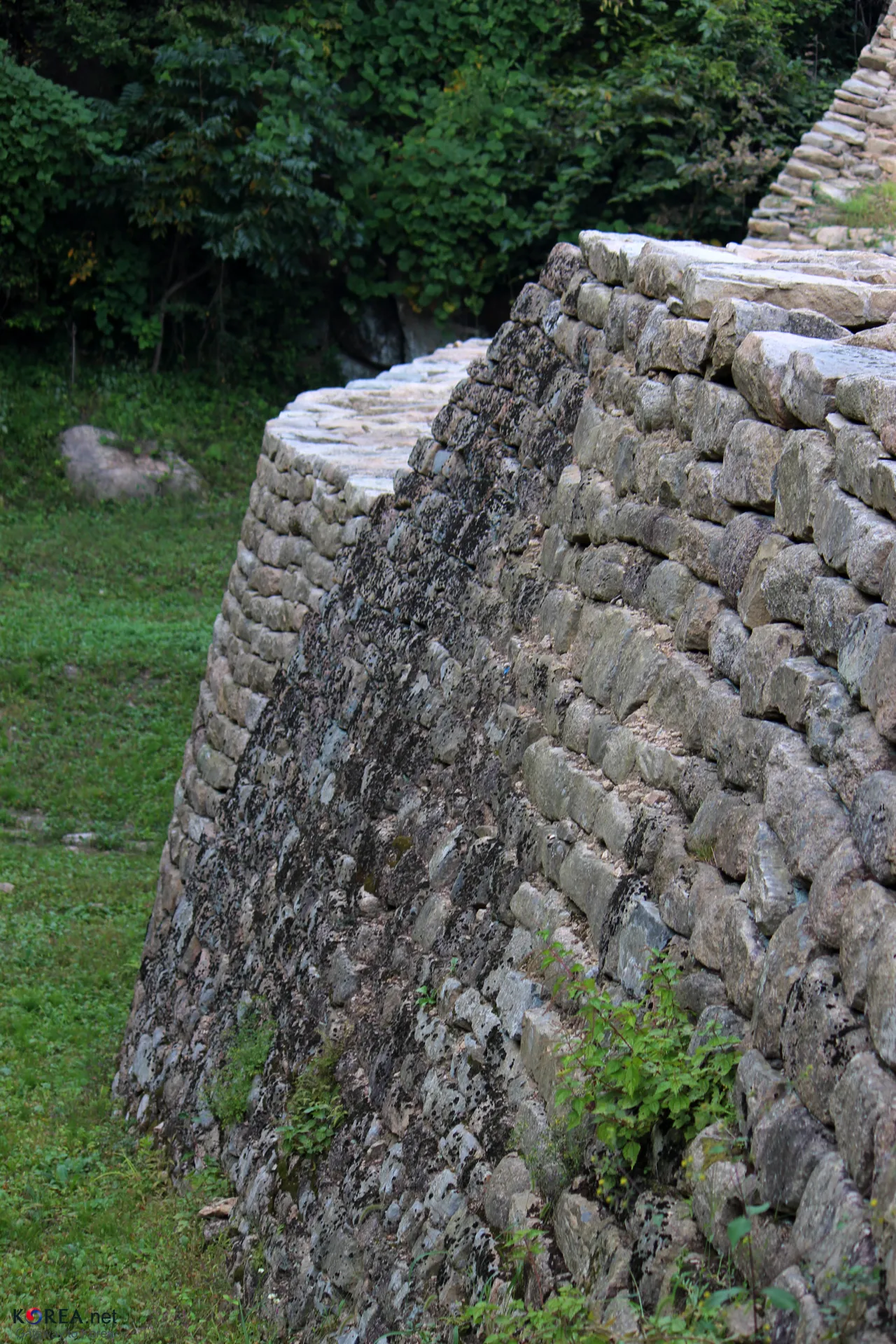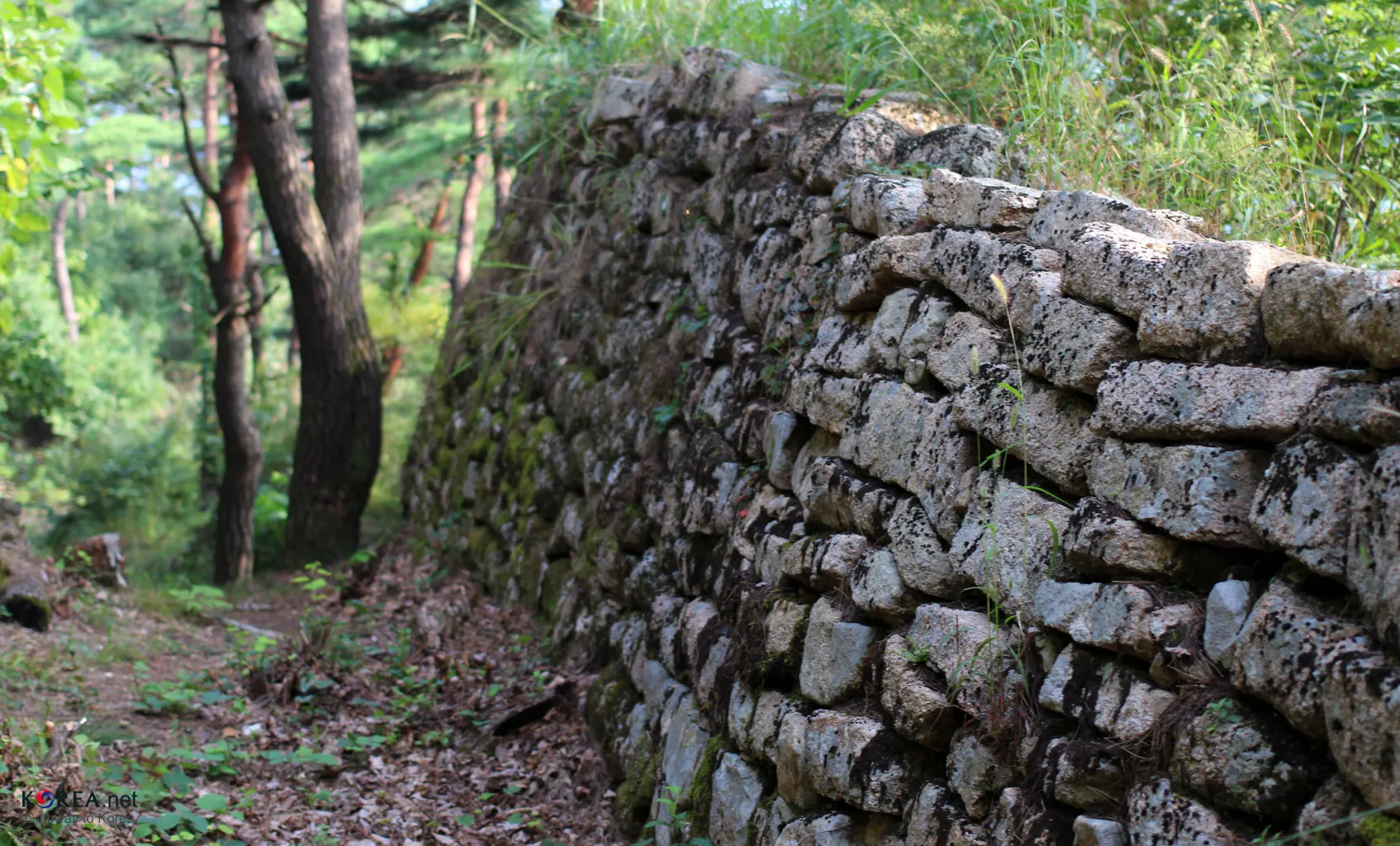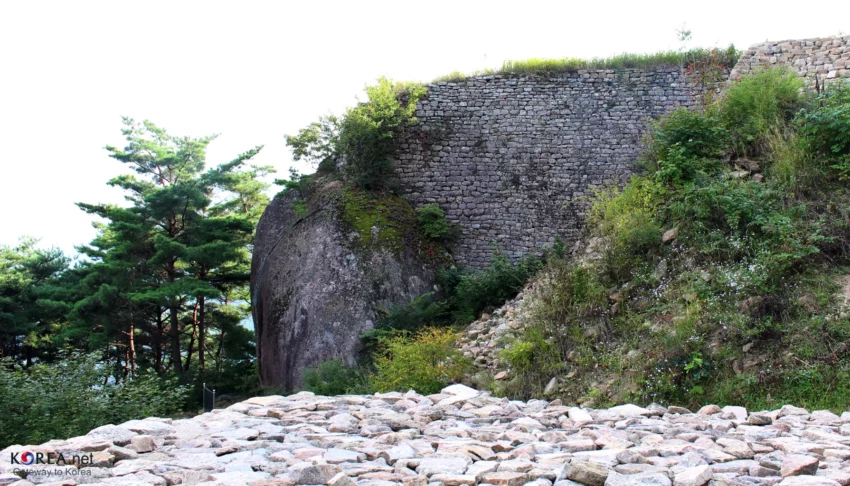Gyeonhwonsanseong Fortress: A Legacy of Rebellion in Korea
Nestled in Sangju-si, South Korea, Gyeonhwonsanseong Fortress stands as a testament to a rebellious spirit. Built sometime during the Three Kingdoms period, this historic site was designated Monument No. 53 in 1984. Covering an area of over 35,000 square meters, the fortress offers a glimpse into a crucial chapter of Korean history.
Get your dose of History via Email

A Strategic Mountaintop Refuge
Gyeonhwonsanseong Fortress is a unique example of a tteumyeong-style mountain fortress. Unlike flatland structures, it winds its way around the peak of Jangbawi Mountain. This strategic location provided a natural defense, with towering cliffs supplementing the constructed walls. These walls, which snake for roughly 650 meters, range from 7 to 15 meters high and 4 to 7 meters thick. Interestingly, the builders only constructed walls where necessary, cleverly integrating the mountain’s natural features for added protection.

From Peasant to Rebel King
The story behind Gyeonhwonsanseong Fortress is as fascinating as its structure. Gyeon Hwon, born a commoner, rose through the ranks to become a general in the Silla Dynasty. However, in 892 AD, during the reign of Queen Jinseong, ambition stirred within him. He launched a rebellion, capturing several Silla fortresses. By 900 AD, under King Hyogong’s rule, Gyeon Hwon had established his own kingdom, Later Baekje, with Wansanju as its capital. Gyeonhwonsanseong Fortress served not only as a military base but also as a strategic checkpoint, collecting tributes from the north before they reached the Silla capital, Gyeongju.

A Window into the Past
Today, Gyeonhwonsanseong Fortress stands as a rare surviving example of Three Kingdoms-era mountain fortifications. Its intricate construction techniques echo those seen in Samnyeon Fortress, another notable site. Historical records like the “Samguk Sagi” suggest Gyeon Hwon’s family hailed from Sangju, potentially linking many of the area’s old fortresses to the rebel leader himself.
Gyeonhwonsanseong Fortress offers more than just a scenic mountaintop hike; it’s a portal to a period of power struggles and rebellion in Korean history. Its well-preserved remains and intriguing history continue to capture the imagination of visitors and scholars alike.
Sources


